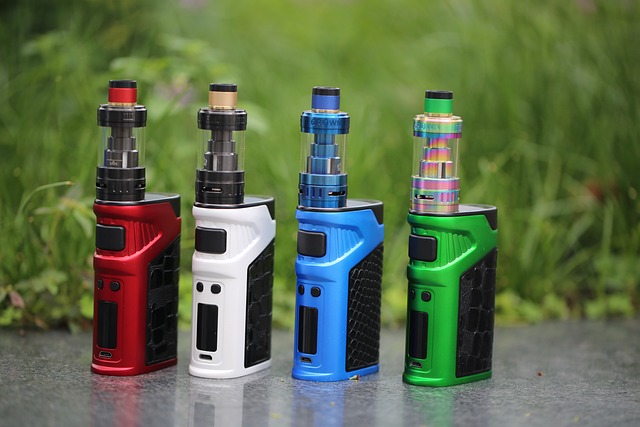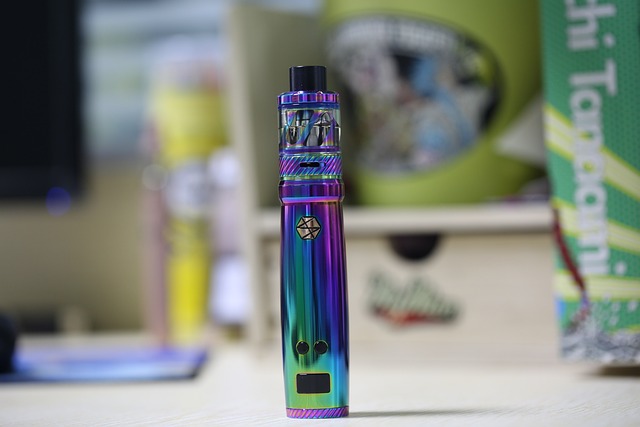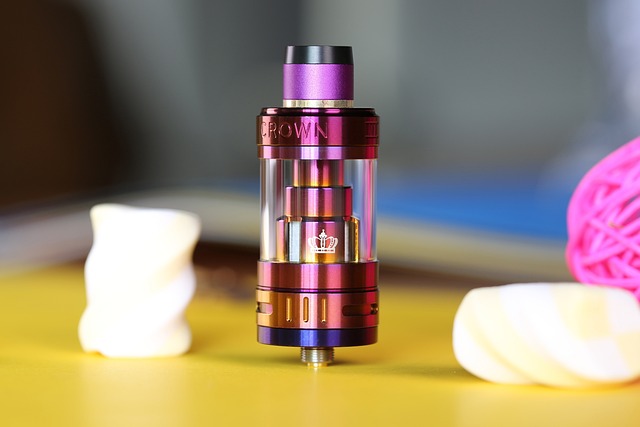1. Introduction to Torch 7.5g
Torch 7.5g is a powerful and highly versatile deep learning framework that builds upon the foundations of Torch, a scientific computing framework. The version 7.5g introduces several enhancements and optimizations, making it more efficient for both research and production purposes. This article serves as a comprehensive guide to the features, installation, and practical usage of Torch 7.5g, making it suitable for both beginners and experienced practitioners in the field of machine learning.

2. Key Features of Torch 7.5g
One of the standout features of Torch 7.5g is its dynamic graph computation capability, which allows for flexible model building and training. This version supports a wide range of neural network layers and optimizers, making it highly customizable. Additionally, Torch 7.5g includes enhanced support for CUDA, allowing for efficient use of GPU resources, which can significantly speed up training times. Users will also benefit from improved documentation, community support, and built-in tools for visualization.
3. System Requirements
Before diving into the installation of Torch 7.5g, it is essential to ensure that your system meets the necessary requirements. The framework is compatible with various operating systems, including Windows, Linux, and macOS. Users should have Python installed, preferably version 3.6 or higher. Other dependencies include NumPy, SciPy, and a suitable version of CUDA if you plan to use GPU acceleration. Make sure to check the official Torch 7.5g documentation for the latest recommendations on system specifications.
4. Installation Guide for Torch 7.5g
The installation of Torch 7.5g is relatively straightforward. First, you need to install the core dependencies. If you are using pip, you can run the following commands in your terminal:
pip install numpy
pip install scipy
Next, download the Torch 7.5g package from the official website or repository. Unzip the downloaded file, navigate to the directory in your terminal, and execute the following command:
python setup.py install
If you are utilizing GPU resources, make sure to install the appropriate CUDA version and configure Torch to recognize it. Verify your installation by launching Python and importing the Torch library. You should not encounter any errors if the installation was successful.
5. Basic Usage of Torch 7.5g
After installing Torch 7.5g, you can start building your first neural network model. The framework provides various modules for constructing layers, defining loss functions, and implementing optimizers. Below is a simple example of creating a feedforward neural network:
import torch
import torch.nn as nn
class SimpleNN(nn.Module):
def __init__(self):
super(SimpleNN, self).__init__()
self.fc1 = nn.Linear(10, 5)
self.fc2 = nn.Linear(5, 1)
def forward(self, x):
x = torch.relu(self.fc1(x))
x = self.fc2(x)
return x
model = SimpleNN()
print(model)
In this example, we define a neural network with two fully connected layers. This structure can be modified according to your specific requirements, and Torch 7.5g allows an array of functionalities for training this model like setting the optimizer, loss function, and training loop.
6. Training a Model with Torch 7.5g
Training a model involves several steps: preparing your dataset, defining a loss function, choosing an optimizer, and running the training loop. For dataset preparation, you can use PyTorch’s DataLoader to load your data in batches. Below is an outline of how to set up training:
Sample data and target
data = torch.randn(100, 10)
targets = torch.randn(100, 1)
Loss and optimizer
criterion = nn.MSELoss()
optimizer = torch.optim.SGD(model.parameters(), lr=0.01)
Training loop
for epoch in range(100):
model.train()
optimizer.zero_grad()
outputs = model(data)
loss = criterion(outputs, targets)
loss.backward()
optimizer.step()
print(f'Epoch {epoch}, Loss: {loss.item()}')
This loop illustrates how to feed data into the model, compute the loss using a Mean Squared Error loss function, and update model parameters using stochastic gradient descent.
7. Evaluating Your Model
Once your model is trained, it is crucial to evaluate its performance on unseen data. This can be done by setting the model to evaluation mode and calculating the loss on a validation set:
model.eval()
with torch.no_grad():
val_loss = criterion(model(validation_data), validation_targets)
print(f'Validation Loss: {val_loss.item()}')
This evaluation process helps you determine how well the model generalizes to new data and can guide any necessary adjustments to your model or training process.
8. Common Issues and Troubleshooting
Like any software, users may encounter issues while using Torch 7.5g. Common problems include installation errors, incompatibilities with other libraries, or unexpected model performance. Always refer to the official documentation and community forums for assistance. Make sure your environment is configured correctly, and keep your libraries updated. Debugging using printing, logging, or more sophisticated tools such as PyTorch’s built-in debugging utilities can also be invaluable.
9. Questions and Answers
What are the advantages of using Torch 7.5g for deep learning?
Torch 7.5g offers numerous advantages including dynamic graph computation, extensive libraries for various neural network architectures, improved CUDA support for GPU usage, and easy integration with other scientific libraries like NumPy and SciPy. The intuitive APIs allow for quick prototyping and modifications, making it a popular choice among researchers and developers.
How can I effectively use GPU acceleration in Torch 7.5g?
To utilize GPU acceleration in Torch 7.5g, ensure that you have a compatible NVIDIA GPU and the necessary CUDA toolkit installed. When defining your model and data, you can transfer them to GPU by calling the `.to(device)` method where `device` is set to `torch.device(“cuda”)` if a GPU is available. This can significantly improve performance during both training and evaluation phases.
Where can I find additional resources and community support for Torch 7.5g?
For additional resources and community support, the official Torch documentation website is an excellent starting point. You can also find forums, discussion boards, and user groups on platforms like GitHub, Stack Overflow, and Reddit. Engaging with the community can provide insights into best practices, troubleshooting tips, and access to a wealth of shared knowledge from experienced users.





